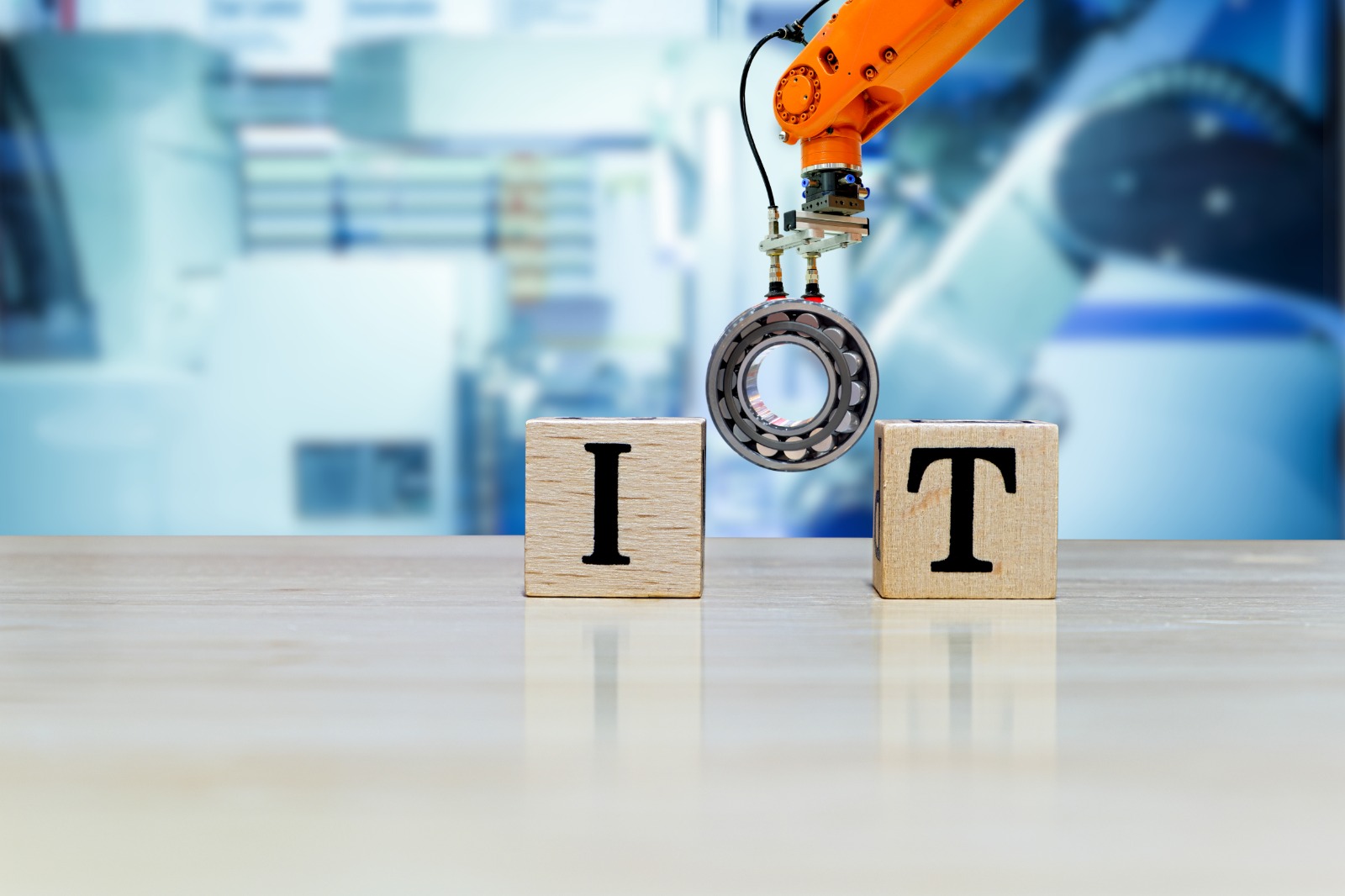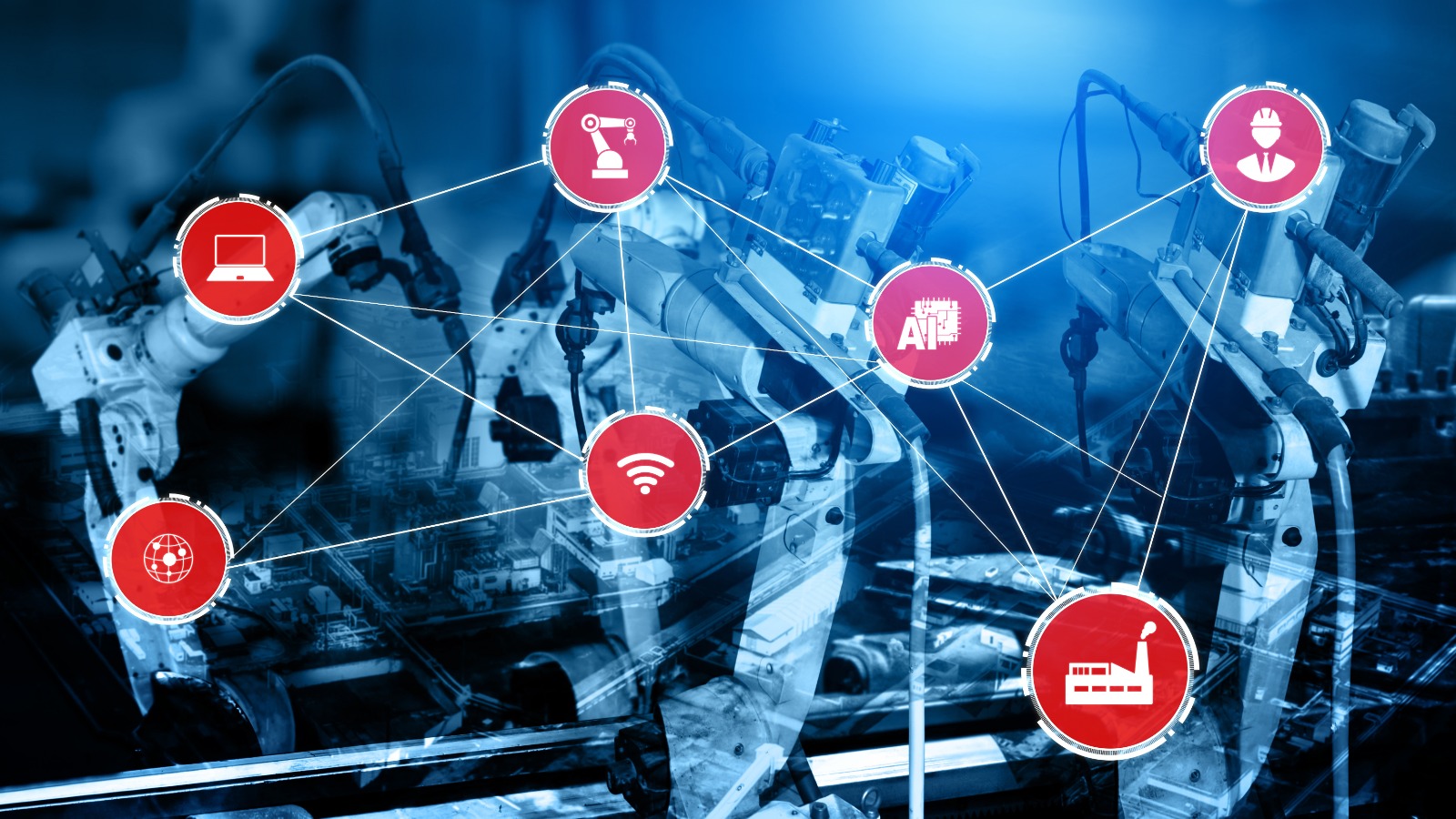
IoT Trends in Manufacturing
Internet of Things is a new growing trend, has widely gained popularity in all fields of life’s; especially in the manufacturing industry. We can list the dreams of each manufacturer as follows; reduce process cost, fast deliveries, more production at the same time, fewer outages, customer satisfaction, remove bottlenecks in the supply chain, and inventory management. Implementing all the above improvements needs a lot of manpower to perform tasks which ultimately leads to high production costs. So, is there any way to make dreams true in a less-costly way? The answer is IoT, which makes this possible by providing communication between different types of equipment. Sensors, transmitters, redundant processors, signal transmitting modules, central processors, and distributed control systems continuously provide data to each other to get online data, analyze, forecast future actions, and take decisions as per requirements.

The question arises here why there is a need to invest such systems in the manufacturing industry? Due to the massive increase in population, there is always a mismatch of supply and demand which creates harsh competition to enter the market and to be the market leader. It is time for manufacturers to adopt such a system which is more capable of producing more as compared to the old days. The collected data is the backbone of IoT which comes from online sensors. This raw data needs to be sent to processors via transmitters to processed meaningful results for decision-makers. Processors read, analyze and produce process results as per algorithm design, and in the final stage such data and final results are stored on clouds from where the relevant persons may fetch that data by using dedicated IPs. At this stage, decision-makers are in a position to see this information from any corner of the world and able to make the decisions.

The benefits of IoT applications are tremendous in terms of cost-saving, efficiency, reliability, fast decision making, inventory management, supply chain management, and human safety. Sensors are the first layer of IoT technology in terms of sensing any abnormality. Today’s processors are very powerful to analyze the raw data coming from the sensors in the instant. Thanks to the brilliant software developers and engineers algorithms decide or suggest what needs to be done to correct the abnormal conditions. This modernization makes comfort for the decision-makers to make quick decisions which ultimately reflect in production growth, improving quality, reducing unplanned downtime, and efficiency of the process. For Predictive Maintenance IoT Software click the link.
In manufacturing, all processes are interconnected with each other which means each process’s output is the input of the next. In case of any interruption at one of the process leads to a delay in the next process and ultimately cause the whole production line to stop. In such a scenario, the unavoidable result of the loss is not only material, equipment, time, but also loss of reputation in the market. IoT makes diagnosis more eligible and reliable for any failure in the process with the help of online data collection. Transferring data to the cloud or cloud-based platforms over the internet can create a question mark on data security in users’ minds. The increasing popularity of the IoT has made it mandatory for governments and companies to adopt additional preventions of security and new protocols.

Therefore; the IoT trend is widely adopted and gaining popularity across the manufacturing industry because of its tremendous benefits regarding saving process cost, reliability, safety, data storage, and productivity.




